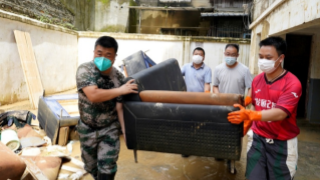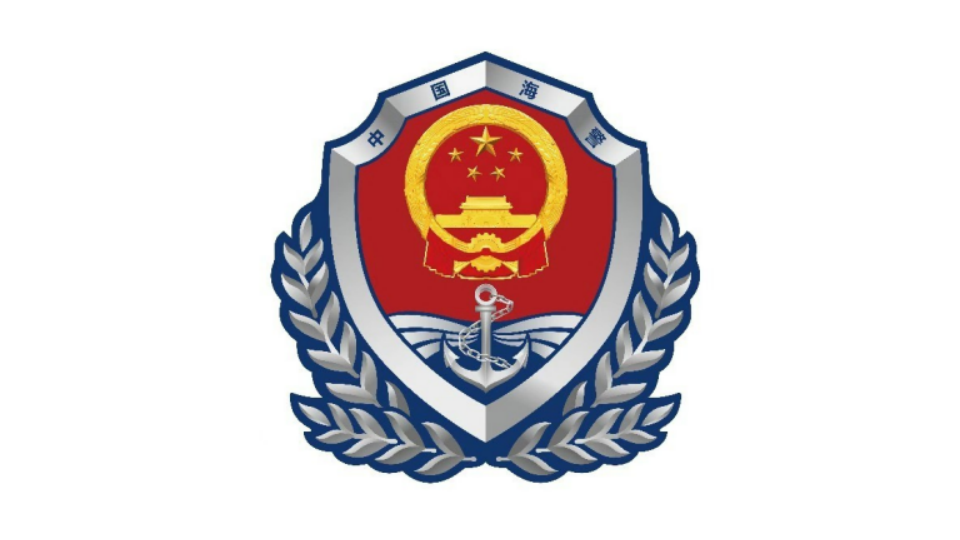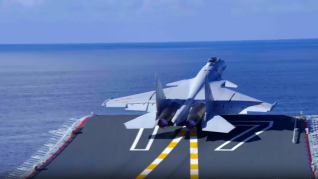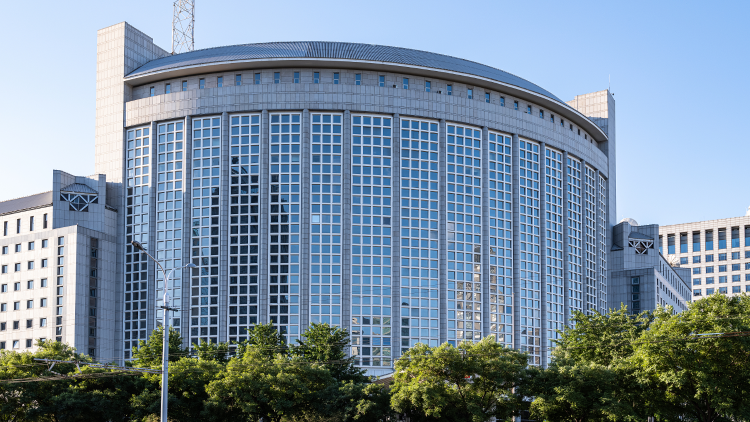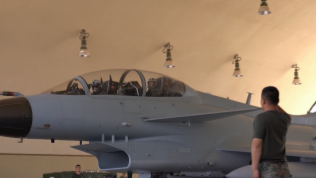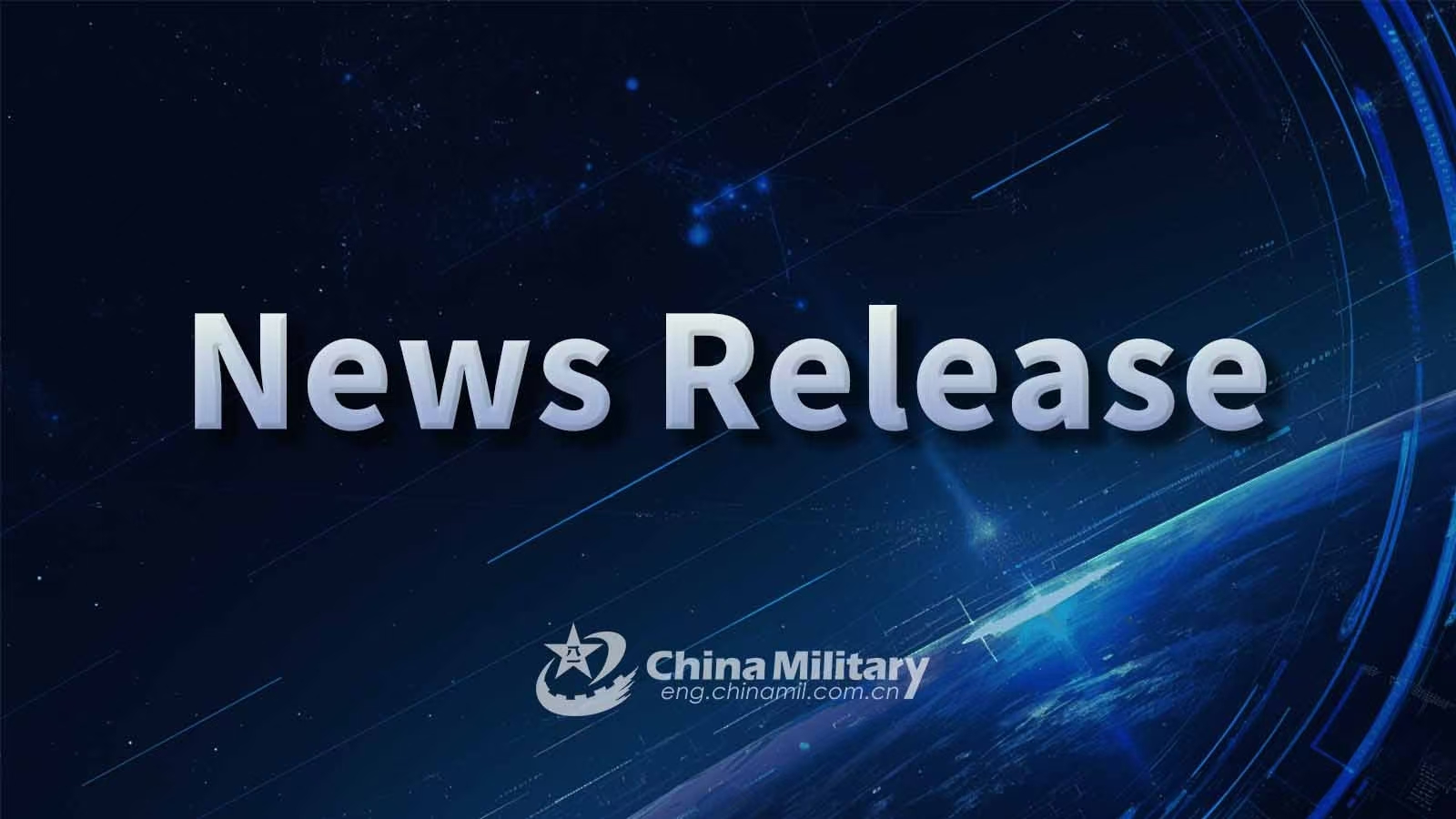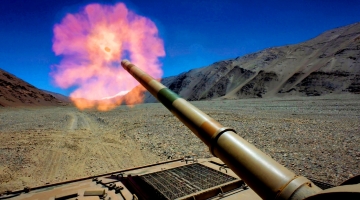By Xu Yongzhi
Japan officially released the Defense of Japan 2025 white paper on July 15, highlighting dangerous trends. It not only elaborates on measures to build a more combat-ready military and emphasizes joint exercises with foreign armed forces, but also hypes up the so-called "China threat" to justify loosening military restrictions, raising high vigilance and deep concern among Japan's Asian neighbors and the international community.
Building a combat-ready mechanism. The opening section of the Defense of Japan 2025 white paper introduces Japan's newly established Joint Operations Command, which was set up this March. Previously, the Japan Self-Defense Forces (JSDF) could only form smaller-scale multi-service joint units on a temporary basis according to mission needs. With the new command in place, Japan will now have a centralized authority to direct its ground, maritime, and air Self-Defense Forces, as well as its space and cyber capabilities during peacetime, and to rapidly adjust force posture and deploy troops flexibly in wartime according to the evolving situation to effectively conduct large-scale, multi-domain operations. It is worth noting that the US Forces Japan (USFJ), whose powers have expanded significantly since last year, will also set up a dedicated unit to work with this new Joint Operations Command, aiming to enhance the efficiency of US-Japan wartime decision-making and response capabilities.
In addition, the Defense of Japan 2025 white paper devotes substantial space to Japan's plans to accelerate the development of offensive weapons. In fiscal year 2025, Japan plans to deploy an upgraded land-based version of the Type 12 anti-ship missile with a range of about 1,000 kilometers, and will begin mass production of its ship-launched variant and a new submarine-launched missile. Production of hypersonic glide vehicles will continue, alongside imports of Tomahawk cruise missiles, JASSM-ER air-launched cruise missiles, and Joint Strike Missiles (JSM). Planning to equip so many types of weapons within such a short timeframe reveals Japan's ambition to develop long-range strike capabilities.
Pursuing flexible deterrence. Unlike previous editions, the Defense of Japan 2025 white paper devotes significantly more space to detailing the JSDF's joint exercises with foreign militaries during fiscal year 2024. For example, in June and November 2024, Japan, the US and the ROK held trilateral multi-domain military exercises codenamed Freedom Edge twice, covering maritime missile defense, anti-submarine warfare, air defense operations, maritime interception, and cyber defense. In December of the same year, Japan, the US and Australia conducted the large-scale Yama Sakura 87 command post exercise, which focused on island defense operations... By highlighting these joint exercises, Japan aims to signal that the "Japan-US+X" multilateral security cooperation framework remains fully operational and that Tokyo will continue strengthening military ties with like-minded countries to pursue what it calls flexible deterrence against perceived strategic rivals.
Fanning up the so-called "China threat." In addition to repeating its old rhetoric that Japan faces the most severe and complex security environment since WWII and labelling China as "an unprecedented and the greatest strategic challenge," the Defense of Japan 2025 white paper falsely accuses China of intensifying unilateral changes to the status quo by force and fabricates claims about China's military posing a threat to Japan. What is even more alarming is that Japan, in total disregard of the fact that Taiwan is part of China, seeks to interfere in the Taiwan question by absurdly claiming that peace and stability across the Taiwan Strait are vital to Japan's security and the stability of the international community. Japan's fabrication of such false narratives is nothing but an attempt to justify its actions to use Taiwan to contain China and to incite relevant countries to confront China, further exposing its sinister intention to meddle in regional affairs.
This year marks the 80th anniversary of the victory of the Chinese People's War of Resistance Against Japanese Aggression and the World Anti-Fascist War, as well as the 80th anniversary of Taiwan's recovery from Japanese occupation. Japanese militarism once inflicted profound suffering on China and other Asian neighbors. Instead of seriously reflecting on its past, Japan is once again showing dangerous tendencies toward military expansion. These actions gravely violate Japan's pacifist Constitution and its exclusively defense-oriented policy, severely undermine the post-war international order, and pose a serious challenge to peace and stability in the Asia-Pacific region. Japan should profoundly learn from historical lessons, act prudently in military security fields, stop smearing and accusing China, earnestly abide by the spirit of the four political documents between China and Japan and its commitments on the Taiwan question, and take concrete actions to promote the sound and stable development of China-Japan relations.
(The author is from the China Institutes of Contemporary International Relations.)





